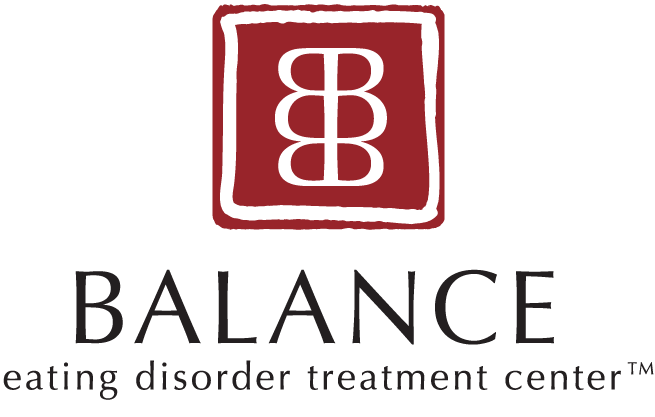Joyful Movement: Reimaging What Movement Means to You
With so much pressure to ‘workout’ and ‘stay fit,’ it's getting harder and harder to enjoy movement. And yet there is a growing call for joyful movement. Also known as intuitive movement, it is a way of engaging with physical activity without diet culture, and societal pressure. Instead, finding intrinsic pleasure in the practice.
By: Alexandra Carter
What is Joyful Movement?
We live in a society where ‘wellness’ is a moral obligation. Diet culture erodes your intuition and leaves you captive to arbitrary rules and regulations. This has many negative consequences, one of which is your relationship with movement. In this way, movement becomes, at best, a chore and a hassle; at worst, it becomes a punitive, harmful tool for self-control. Those who struggle with an eating disorder or their relationship with food or their body can often get stuck in highly toxic movement patterns.
But it doesn’t have to be that way. Joyful movement is a reimagining of your relationship with movement. In contrast with an unhealthy or unhappy relationship with exercise, joyful movement reconnects you to your pleasure. Thus, transforming your relationship with movement from something you have to do to something you want to do allows you to find joy and purpose.
The Importance of Joyful Movement
Practicing joyful movement is not only meant to be enjoyable but also provides many other essential benefits.
First, it is undisputed that there are many health benefits to movement and physical activity. According to the CDC, this includes decreased stress and anxiety, improved mental health and mood, reduced risk of heart disease and high blood pressure, balanced blood sugar, improved sleep, and much more. Practicing joyful movement allows you to tap into these health benefits.
The second is having a positive relationship with movement. Focusing on how you feel and prioritizing your well-being creates a productive and positive environment for growth. This promotes a more balanced and regular movement practice. Punitive movement and over-exercising only work to burn you out and grind you down. On the other hand, joyful movement lifts you and honors you and your body.
Finally, joyful movement lends itself more to consistency and variety. A positive, realistic relationship with movement allows for more long-term consistency and flexibility. When you create habits that are enjoyable and sustainable, then caring for yourself becomes an easy choice to make.
How to Find Your Joyful Movement
As with many aspects of the healing journey, it may sound simple, but it takes time and patience. The same goes for healing your relationship with movement and finding joyful movement. Sometimes the best thing you can do for yourself is to take a break. You are not obligated to move. You are entitled to rest; sometimes, that is the best way to tune in to your preferences and joy with movement. So, don’t be afraid to take things slow and get support if you need it.
However, if you are ready to begin exploring what joyful movement might look like for you, here are some tips.
Explore Your Motivation.
Diet culture teaches you that movement is motivated by a desire to change your body, but external motivation will always leave you feeling less than. Instead, ask yourself, how would you move if it wasn’t about changing your body? What movement inspires joy? Think about what makes you feel good instead of what ‘looks good.’
Take it Slow.
This is not an all-or-nothing journey. Building a joyful movement practice is less about ‘getting it right and more about being intentional about the movement you engage with. Celebrate what you and your body can do and take it moment by moment.
Let Go of Rules.
Speaking of ‘getting it right,’ diet culture has taught us to believe that there are many rules to movement. The reality is your body doesn’t judge movement the way your brain (or diet culture) does. Let go of the rules that surround physical activity. Instead, tune in and be your own compass.
Have Options.
Your body and mind crave variety. Keep yourself engaged by trying new things. Create a ‘movement menu’ that includes different forms of movement you enjoy that allow you to choose what suits you in each moment.
Get Support.
You deserve a positive relationship with movement, with food, with your body, and with yourself. Get the help you need to make that happen.
At BALANCE eating disorder treatment center™, our compassionate, highly skilled team of clinicians is trained in diagnosing and treating the spectrum of eating disorders, including anorexia, bulimia, binge eating disorder, compulsive overeating, and other disordered eating behaviors and body image issues. In addition to our full-time Day Treatment Program and Weeknight Intensive Outpatient Program, we offer high-quality programming, nutrition counseling with a licensed dietitian, meal support, and various other groups and resources to help those seeking help for food concerns.
Our admissions team would be happy to answer any questions you may have about our programs and services. Book a free consultation call with our admissions team below, or read more about our philosophy here.
Joyful movement is an approach to movement that allows you to tap into what feels good to you. Check-in with yourself as you explore and honor your preferences. There are no rules except to offer yourself respect and compassion along the way.
This post was written by Intuitive Eating | HAES Content Creator, Alexandra Carter (she/her).
Alexandra Carter is a professional actor, turned certified Intuitive Eating Counselor and Health and Wellbeing Coach, turned Content Creator. After moving to NYC for her undergraduate degree in Musical Theater, Alexandra spent 10 years working all over the world as an actor/singer/dancer. Through her own healing journey, Alexandra found her way to the anti-diet space and went on to gain coaching and counseling certifications, in addition to starting her own coaching business. It was there she fell in love with content creation as a way of sharing ideas, genuinely connecting with people, and affecting powerful change. Alexandra is thrilled to be on the team at BALANCE, combining all her skills and passions to foster authentic healing.
Reference
Centers for Disease Control and Prevention. (2022, June 16). Benefits of physical activity. Centers for Disease Control and Prevention. Retrieved September 13, 2022, from https://www.cdc.gov/physicalactivity/basics/pa-health/index.htm



